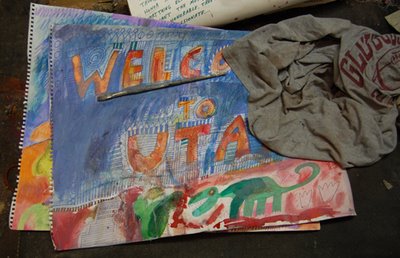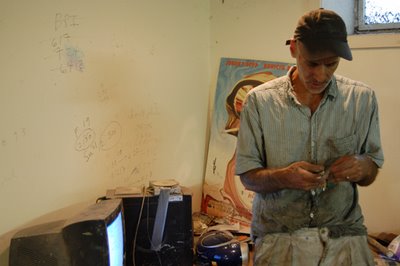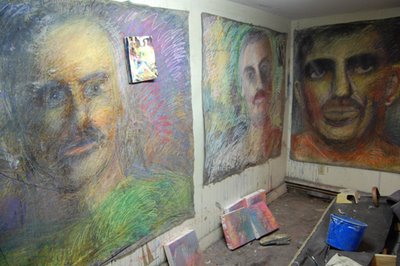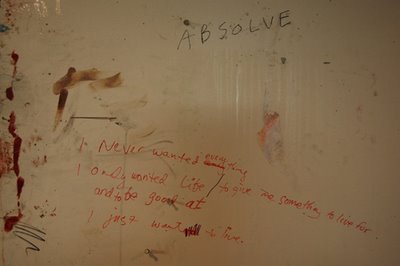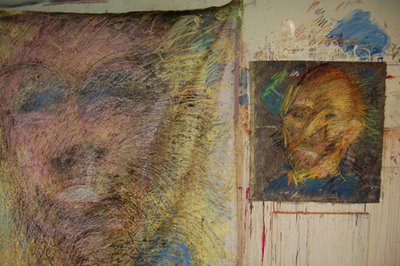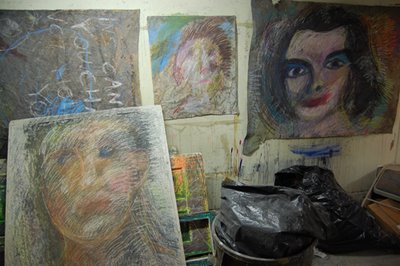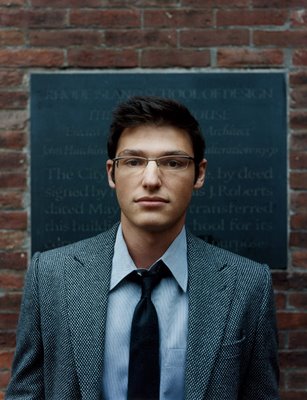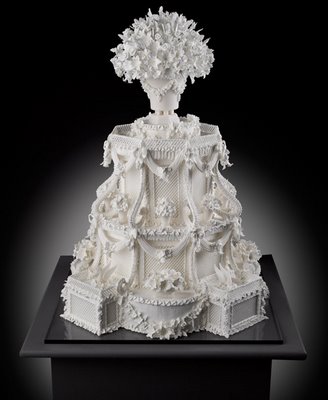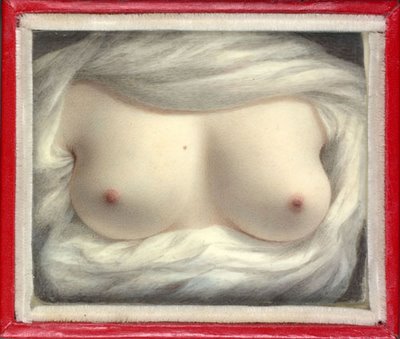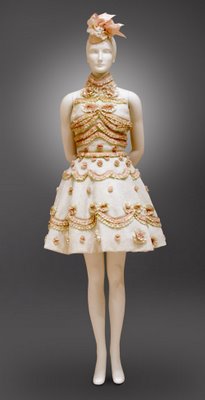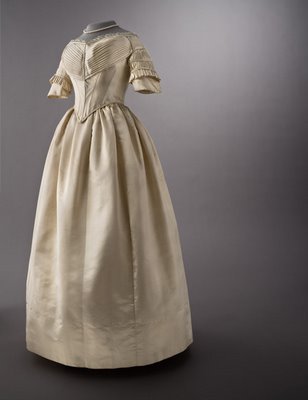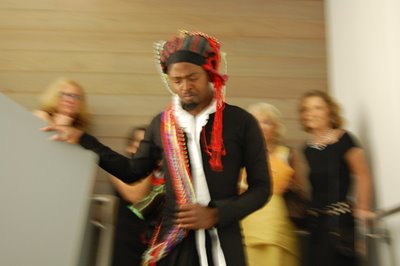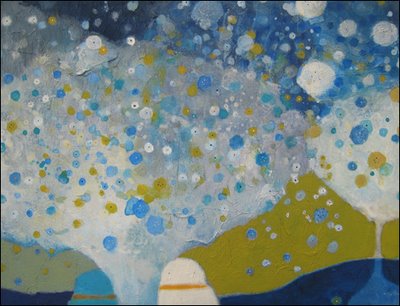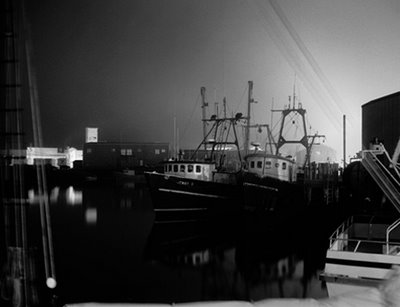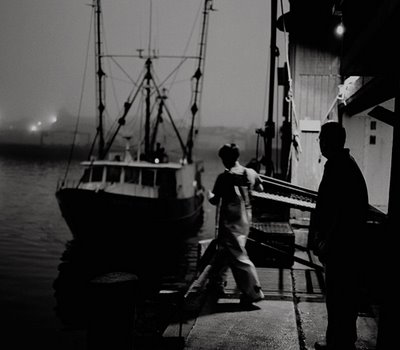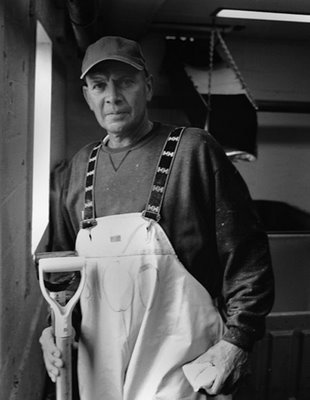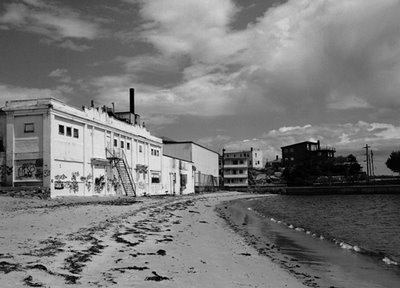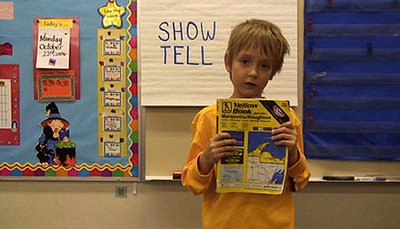Massachusetts Artists Leaders Coalition forms
A new artist-advocacy group, the Massachusetts Artists Leaders Coalition, announced its formation yesterday. “We’re getting artists at the table on policy stuff,” coalition member Kathleen Bitetti, a Boston visual artist and executive director of the Artists Foundation, tells me. “It’s really about individual creators and the people who feed the creative economy.”
The group’s press release explains: “MALC will help ensure that Massachusetts artists of all disciplines have a voice in current dialogs and decisions that are shaping the creative economy, as well as other key public policy initiatives that impact the artists community.” The coalition could address issues ranging from health care to making sure artists are paid on time to copyright and intellectual property rights.
The coalition aims to develop policies, methods and models that can be shared across the state – and nationally. And it hopes to mentor future artist leaders.
The coalition grew out of town meetings the Artists Foundation has held across the state, as well as Artists Under the Dome, a meet-up of some 100 Massachusetts artists with state officials at the State House last November.
But it’s also a response to government creative economy initiatives, in particular recent legislation that would create in Massachusetts a “first in the nation” state Creative Economy Council. “Look at who’s on the Creative Economy Council; look at who’s not on it,” Bitetti says. “There are no slots set up for working artists whatsoever.”
The Artists Foundation expects to provide administrative support for the coalition. In the press release, three people speak for the coalition: Bitetti; Ja-Nae Duane, an opera singer and president and founder of Wild Women Entrepreneurs; and Jeff Carpenter, a visual artist and co-founder and president of Arts United/Fall River. Bitetti says other coalition participants include photographer Craig Bailey and artist Liora Beer, both of whom serve on the Artist Foundation board; artist Chuck Lathrop of Pembroke; Nathan Bennett of Martha’s Vineyard; Mary Bucci McCoy of the Beverly Cultural Council; Ian MacKinnon, a Cambridge “theater prankster” (according to the Globe); and Paul Horn, president of the Boston branch of the American Federation of Television & Radio Artists. They’re looking to recruit more people.
The group’s press release explains: “MALC will help ensure that Massachusetts artists of all disciplines have a voice in current dialogs and decisions that are shaping the creative economy, as well as other key public policy initiatives that impact the artists community.” The coalition could address issues ranging from health care to making sure artists are paid on time to copyright and intellectual property rights.
The coalition aims to develop policies, methods and models that can be shared across the state – and nationally. And it hopes to mentor future artist leaders.
The coalition grew out of town meetings the Artists Foundation has held across the state, as well as Artists Under the Dome, a meet-up of some 100 Massachusetts artists with state officials at the State House last November.
But it’s also a response to government creative economy initiatives, in particular recent legislation that would create in Massachusetts a “first in the nation” state Creative Economy Council. “Look at who’s on the Creative Economy Council; look at who’s not on it,” Bitetti says. “There are no slots set up for working artists whatsoever.”
The Artists Foundation expects to provide administrative support for the coalition. In the press release, three people speak for the coalition: Bitetti; Ja-Nae Duane, an opera singer and president and founder of Wild Women Entrepreneurs; and Jeff Carpenter, a visual artist and co-founder and president of Arts United/Fall River. Bitetti says other coalition participants include photographer Craig Bailey and artist Liora Beer, both of whom serve on the Artist Foundation board; artist Chuck Lathrop of Pembroke; Nathan Bennett of Martha’s Vineyard; Mary Bucci McCoy of the Beverly Cultural Council; Ian MacKinnon, a Cambridge “theater prankster” (according to the Globe); and Paul Horn, president of the Boston branch of the American Federation of Television & Radio Artists. They’re looking to recruit more people.





